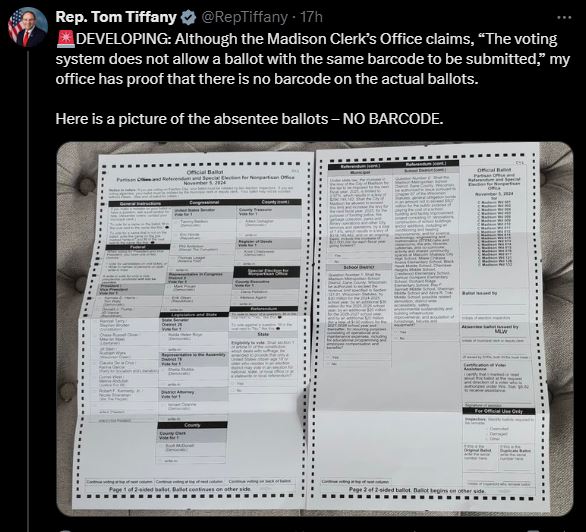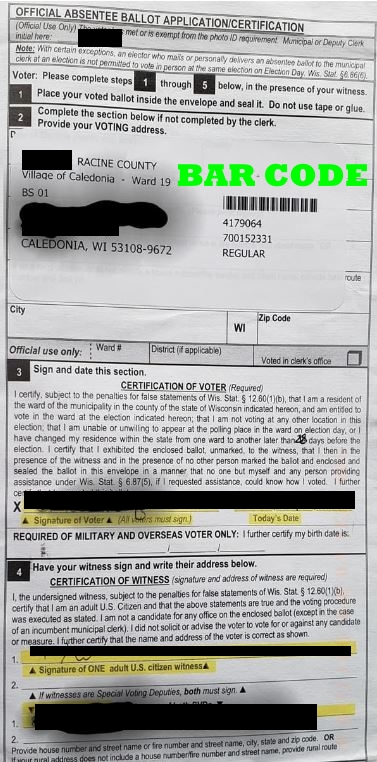In a recent development that stirred concerns over voting integrity, more than 2,000 voters in Madison, Wisconsin, received duplicate absentee ballots due to a clerical error. Madison city officials have apologized for the oversight and assured the public that measures are in place to prevent any potential voting fraud.

The error involved 2,215 voters across 10 wards who were mistakenly sent additional ballots. This mistake was attributed to a merging error of identical files, leading to a duplicated list of names and addresses. While the error was promptly identified and measures were taken to correct it, the incident raised alarms about the security of the voting process, especially in a battleground state like Wisconsin.

Amidst the uproar, Republican Rep. Tom Tiffany called for an independent investigation into the mishap, expressing concerns over the integrity of the election process. He claimed on social media that the absentee ballots lacked barcodes, suggesting a vulnerability in the system that could allow ballots to be counted more than once.

However, this claim reveals a fundamental misunderstanding of the Wisconsin voting process. The absentee ballots themselves do not carry individual barcodes nor do they require them, because they are placed into an envelope with a certificate that has a barcode. This envelope requires a signature from the voter and a witness further ensuring the integrity of the voting process. The design ensures that each envelope—and thus each voter’s ballot—can only be processed once by the voting system, even if a voter mistakenly receives two ballots. Importantly, the lack of barcodes on individual ballots also prevents any ballot from being tied back to an individual voter, preserving anonymity.

Madison’s election clerk, Maribeth Witzel-Behl, along with city spokesperson Dylan Brogan, confirmed that the error was limited to an isolated number of voters and was quickly rectified. Voters affected by the mistake were contacted individually and instructed to submit only one ballot and destroy the duplicate to prevent confusion. Additionally, the voters were marked in the poll book as having submitted their absentee ballot, serving as another layer of protection against multiple submissions.

Despite the initial panic, city officials have been transparent in their communications, detailing the steps taken to address the mistake and ensuring that similar errors are avoided in the future. This incident has also triggered a broader discussion about the mechanisms in place to secure elections and maintain public confidence in the electoral process.

This situation unfolds against the backdrop of heightened scrutiny over election security, fueled by ongoing political tensions and past controversies over election integrity in key states. As the country approaches another presidential election, ensuring the reliability and transparency of the voting process remains a critical priority for election officials and voters alike.

By addressing these concerns proactively and clarifying the safeguards within the voting process, Madison officials hope to restore and maintain trust in the electoral system, emphasizing the robustness of their procedures to handle even unintended mistakes effectively.





